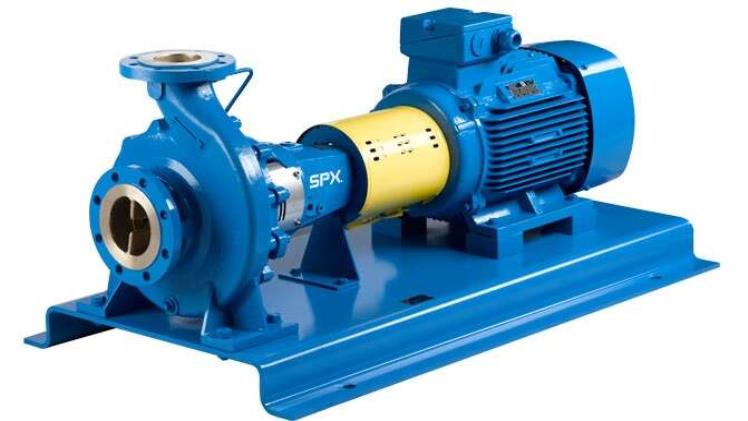In the next few months, you will need a submersible pump at a construction site so you can drain water from winter and autumn rains.
Dewatering in construction sites might be one of many situations you will need a pump. You can remove and transfer water from dams or ponds with a pump.
Apart from submersible pumps, there are trash pumps too you can buy or hire. They are ideal for moving water, with several models capable of dealing with solids and sludge up to around 15mm. To help you better understand the uses of pumps in a construction site, the following are key points to look at:
1. Airlift Pumps
An airlift pump comprises a vertical pipe, which is submerged in a well in a way that a part of the pipe lies in the water. Compressed air usually blows to the low point through the inlet of air.
The air below often carries water and gets transferred to a delivery area. According to experts at Pumpbiz, an airlift pump is primarily used to move silt from a cofferdam base.
2. Truck Mounted Pumps
As their name suggests, truck-mounted pumps are usually mounted on trucks. They are also called boom pumps since their articulating arms put the concrete.
The arm also referred to as boom, is maneuvered by remote control. This kind of concrete pump is normally used on bigger construction projects.
Truck-mounted pumps can pour volumes of concrete. Plus, their robotic arms may be used for other projects, like piping and electrical repairs.
3. Hydraulic Pumps
These pumps are often used in the construction industry. Since the use of hydraulic pumps is very prevalent, they are used in a vast of machines.
They serve the basic functions in every context where hydraulic pumps are used. They transport fluid from one place to another so as to generate hydraulic pressure and energy.
4. Rotary Pumps
These pumps use two gears, which mesh together so as to create more discharge pressure. These pumps are constructed and designed to meet certain requirements for construction and industrial systems. They are often used to pressurize fluid/water, move water, and manage more fluid volume.
5. Priming Assisted Pumps
Priming-assisted pumps are a perfect solution for construction applications where intermittent flow is an issue.
These pumps often feature a positive priming system, which enables them to run dry continuously without causing any damage.
This priming system eliminates leaks virtually, minimizing environmental concerns and allowing them to work under staging conditions.
6. Stationary Pumps
A stationary pump, also referred to as a trailer-mounted pump, is a type of concrete pump. They have a pump mounted on a small trailer.
Separate trucks are required to tow stationary pumps to a construction site. Stationary pumps also lack a boom. So placing hoses or separate pipelines are important for carrying concrete from the pump to their delivery area.
Final Touches!
Different types of construction sites have different solids in the water. This explains why the concentration and types of solids are often the most vital factor when choosing a pump for your construction site.

